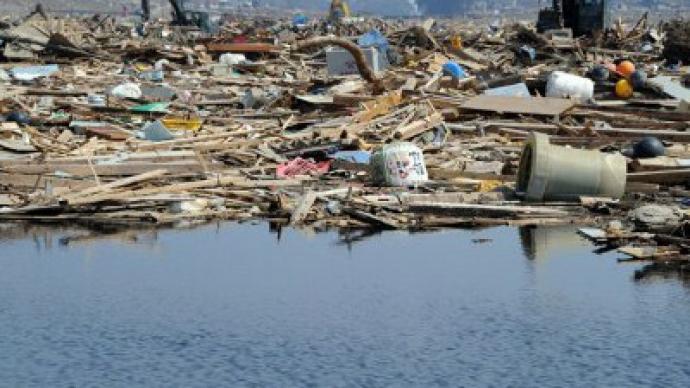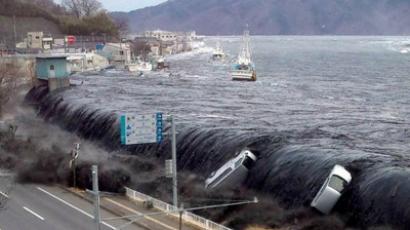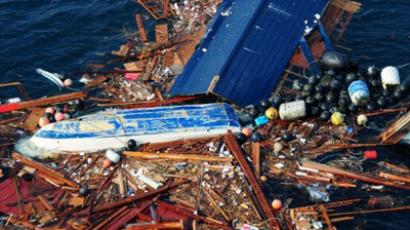Japanese tsunami victim remains to wash up on US coasts

North American beach-goers could soon be finding human bones washed up in the wake of the March 2011 Japanese tsunami, experts say. For some in Japan, these could be the only traces they ever find of their missing relatives.
Over a year after the catastrophe, the effects are far from over as debris has begun to reach western US coastlines after journeying 3,500 miles. "We're expecting 100 sneakers with bones in them," said Curt Ebbesmeyer, co-creator of the Ocean Surface Current Simulator computer model, which predicts the movement of flotsam worldwide.Ebbesmeyer urged those clearing the debris to handle with care and call 911.If DNA traces are extracted from the remains, they could possibly identify those who went missing during the tsunami, he said.For surviving family and friends, this could finally mean closure on what happened, and a proper chance to grieve. “We're dealing with things that are of extreme sensitivity. Emotional content is just enormous. So be respectful,” Ebbesmeyer warned.A 12-day clean-up effort is set to begin on Thursday on Alaska’s uninhabited Montague Island.Things like balls, Styrofoam, buoys, and beer crates are said to accumulate on the beaches.Like the bones, the objects found are not just small and trivial. In April, the owner of a washed-up Harley Davidson was found when a Harley Davidson Japan employee caught wind of the story on CBC news. Finders are not just disposing of the debris, but are linking items back to original owners.A ball found on Middleton Island, 70 miles off Alaska’s mainland, was finally traced to a Japanese teenager. The man who recovered it plans to travel with his wife to Japan to return it.The debris is moving quicker than originally thought.Initial predictions by the International Pacific Research Center (IPRC) in Hawaii placed most of the debris in North America between 2013 and 2014.However, the Japanese government and the National Oceanic and Atmospheric Administration (NOAA) anticipate the debris to hit land as early as November. The situation has already been assessed for other states besides Alaska, too.California is said to be protected from the debris, as currents will carry objects back to sea, and Washington has told its residents that they are unlikely to find human bones.Jan Hafner, for the IPRC, says, “Most people probably think there is a huge pile of debris moving across the ocean like a carpet. But it is very sparse, very patchy.”In March 2011, an earthquake that scored 9.0 on the Richter scale caused a tsunami that took the lives of 20,000 in Japan. Partial meltdowns were triggered at the Fukushima Daiichi Nuclear Power Station.













